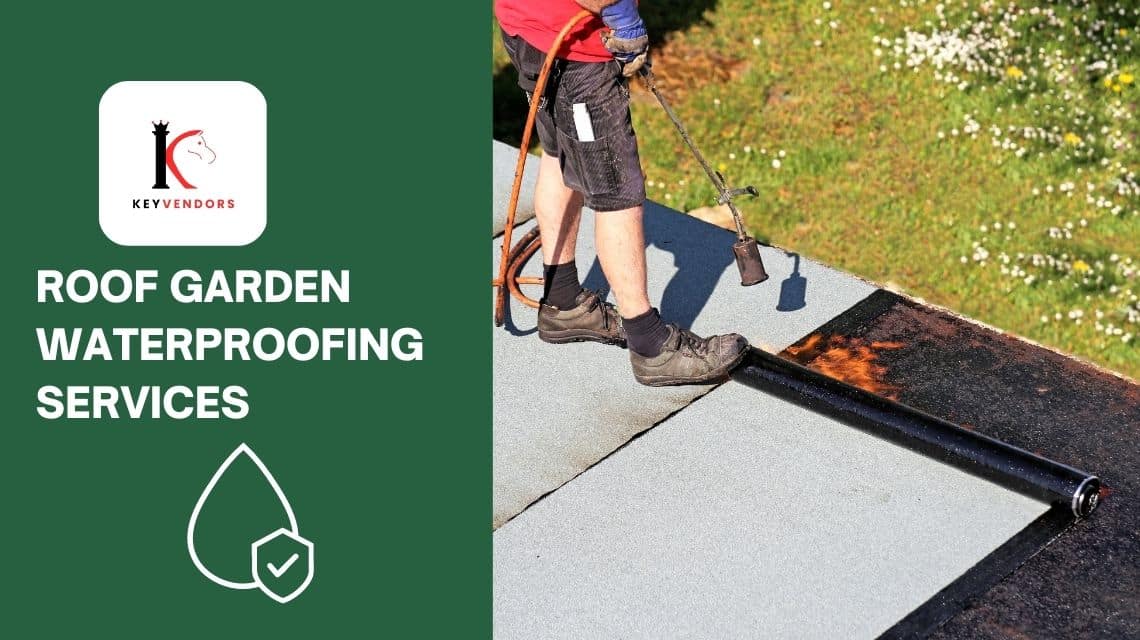
Roof gardens are a popular way to create an oasis in the city or to grow your own vegetables and herbs. However, they also pose unique challenges when it comes to waterproofing. In this guide, we will discuss the importance of waterproofing for roof gardens, common materials used for waterproofing, and steps to take to ensure that your roof garden stays protected from water damage.
Table of Contents
Importance of Waterproofing for Roof Gardens
Waterproofing is essential for roof gardens to prevent water from seeping into the structure of your building and causing damage. When water penetrates your roof, it can lead to leaks, mold growth, and even structural damage. By waterproofing your roof garden, you can protect your investment and avoid costly repairs.
Common Roof Garden Waterproofing Materials
There are several materials commonly used for waterproofing roof gardens, including:
- Bitumen: a thick, black, tar-like substance that is applied in layers to form a waterproof membrane
- EPDM: a synthetic rubber material that is durable and easy to install
- PVC: a flexible plastic material that is also easy to install and has a long lifespan
- TPO: a type of roofing membrane that is highly resistant to tears, punctures, and weather damage
- Liquid waterproofing: a liquid coating that is applied to the surface of the roof and hardens to form a waterproof layer
Steps to Waterproofing Your Roof Garden
Inspection and Preparation
The first step in waterproofing your roof garden is to inspect it for any signs of damage or wear and tear. Look for cracks, holes, and areas where water has seeped through. Then, prepare the surface by removing any debris and ensuring that it is clean and dry.
Surface Cleaning and Repair
Next, clean the surface of the roof garden to remove any dirt or debris. Repair any cracks or holes using a sealant or patching material.
Application of Waterproofing Material
Apply the waterproofing material of your choice to the surface of the roof garden. Depending on the material, this may involve using a brush, roller, or spray equipment. Be sure to follow the manufacturer’s instructions and apply the material evenly to ensure full coverage.
Installation of Drainage System
To prevent water from pooling on your roof garden, it’s important to install a proper drainage system. This can include gutters, downspouts, and drainage pipes. Make sure that water is directed away from the roof and the building’s foundation.
Maintaining Your Waterproofed Roof Garden
Regular maintenance is essential to ensure that your roof garden remains waterproofed and in good condition. This includes:
- Regularly cleaning and inspecting the roof garden to check for any signs of damage or wear and tear.
- Removing debris and dirt from the roof garden to prevent blockages in the drainage system.
- Repairing any cracks or holes as soon as they are detected.
- Checking the drainage system to make sure it is functioning properly and directing water away from the roof.
Conclusion: Roof Garden Waterproofing Services
In conclusion, waterproofing your roof garden is an essential step to protect your investment and avoid costly repairs. By following the steps outlined in this guide and maintaining your roof garden regularly, you can enjoy your beautiful and functional outdoor space for years to come. Don’t hesitate to contact a professional waterproofing service provider to get the job done perfectly.
